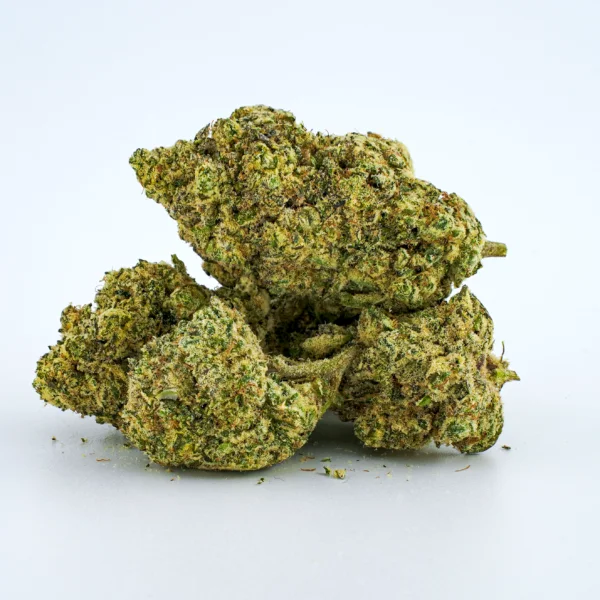Hybrid cannabis strains have gained significant popularity due to their unique characteristics. Breeders have developed these strains by combining various parent plants to produce specific effects and flavors. This blog will explain the process of breeding the best hybrid cannabis strains, the considerations involved, and how these strains are classified.
Understanding Cannabis Genetics
Cannabis plants are broadly classified into three categories: Indica, Sativa, and hybrids. Indica strains are typically associated with a relaxing effect, while Sativa strains are known for their uplifting qualities. Hybrid strains combine characteristics of both Indica and Sativa plants, allowing breeders to create unique traits that cater to consumer preferences. Understanding cannabis genetics is crucial for successful breeding, as the parent plants’ genetic makeup will influence the offspring’s characteristics.
The Breeding Process
The creation of hybrid cannabis strains involves several steps. Initially, breeders select parent plants with desirable traits, such as potency, flavor, or yield. Once the parent plants are chosen, the breeding process begins, which generally involves cross-pollination.
1. Selection of Parent Plants
The selection process is critical in breeding hybrid strains. Breeders evaluate the genetic profiles of potential parent plants, assessing factors such as cannabinoid levels, terpene profiles, and overall plant health. The goal is to select plants that will produce offspring with the desired traits.
2. Cross-Pollination
Once the parent plants are selected, breeders cross-pollinate them to create seeds for the new hybrid strain. This process typically involves collecting pollen from the male plant and applying it to the female plant’s flowers. The resulting seeds will carry genetic traits from both parent plants.
3. Seed Germination and Selection
After pollination, the seeds are harvested and germinated. Once the seedlings develop, breeders assess their growth characteristics. Only the strongest and healthiest plants are selected for further development. This selection process is essential for ensuring that the final hybrid strain possesses the desired attributes.
Phenotype Selection
As the hybrid plants grow, they will exhibit different phenotypes, which are the observable traits influenced by their genetic makeup. Breeders evaluate these phenotypes based on factors such as plant structure, flower size, and cannabinoid content. This assessment allows breeders to determine which plants are best suited for cultivation and further breeding.
Stabilization of Hybrid Strains
Once a desirable phenotype is identified, the next step is to stabilize the hybrid strain. Stabilization involves backcrossing, where the hybrid plant is crossed with one of its parent plants. This process helps to reinforce the desired traits and eliminate unwanted characteristics. Stabilization is crucial for producing consistent offspring that exhibit predictable traits.
1. Backcrossing
Backcrossing is performed multiple times to ensure that the hybrid strain retains the desired characteristics over generations. This process may take several years, as breeders may create and evaluate multiple generations of plants before achieving a stable strain.
2. Testing and Evaluation
After stabilization, the new hybrid strain undergoes extensive testing to evaluate its performance in various growing conditions. Factors such as yield, flowering time, and pest resistance are assessed. This testing phase is essential for ensuring that the strain can thrive in a commercial setting.
Conclusion:
The creation of hybrid cannabis strains is a complex process that requires careful planning and execution. Through understanding cannabis genetics, selecting appropriate parent plants, and employing rigorous breeding techniques, breeders can produce hybrid strains that meet the evolving needs of consumers. As the cannabis industry continues to grow, the demand for unique hybrid strains, along with cannabis concentrates for sale, will likely increase, highlighting the importance of skilled breeders in developing the best hybrid cannabis strains.




